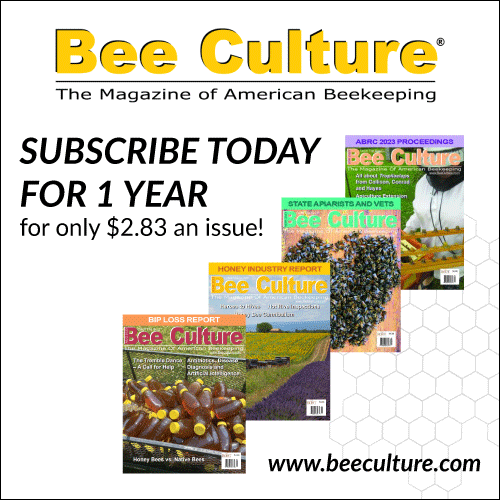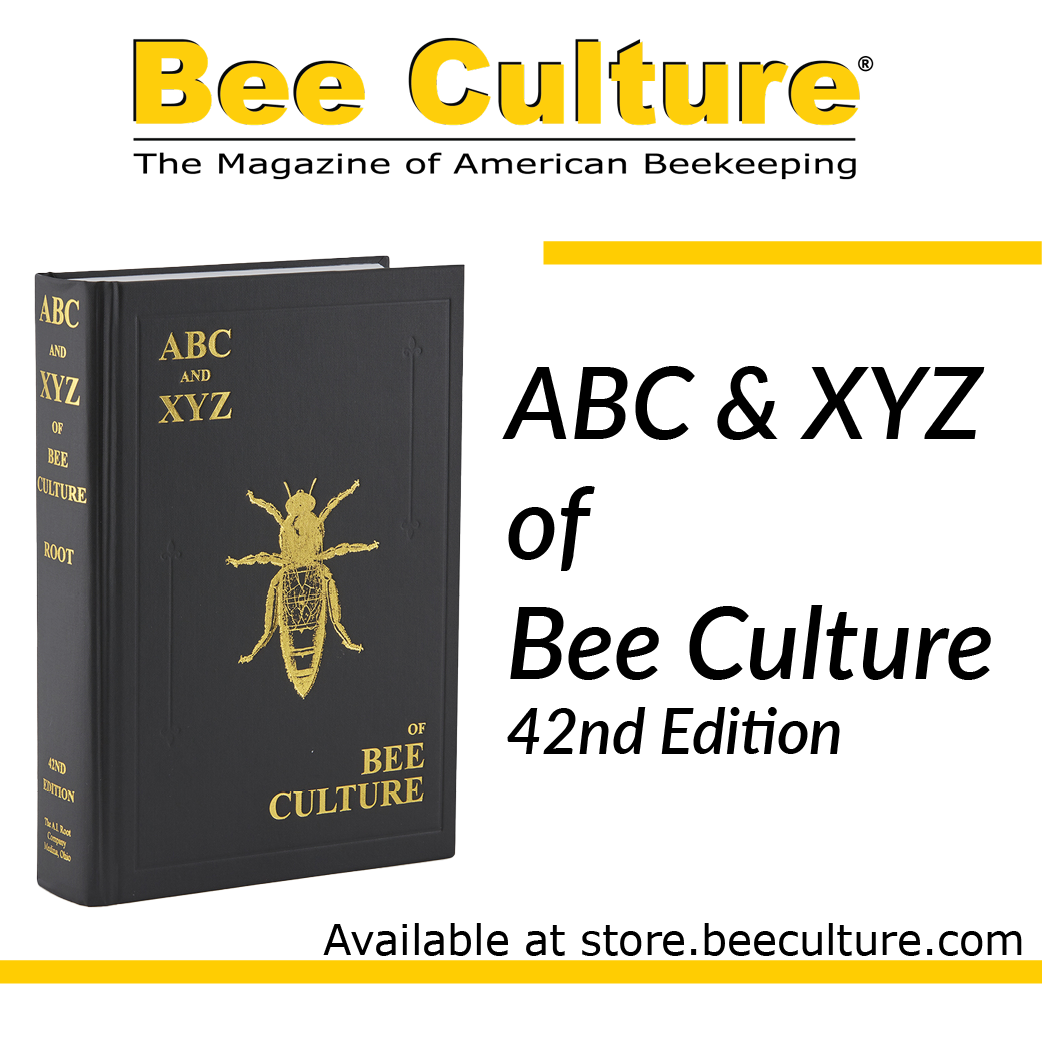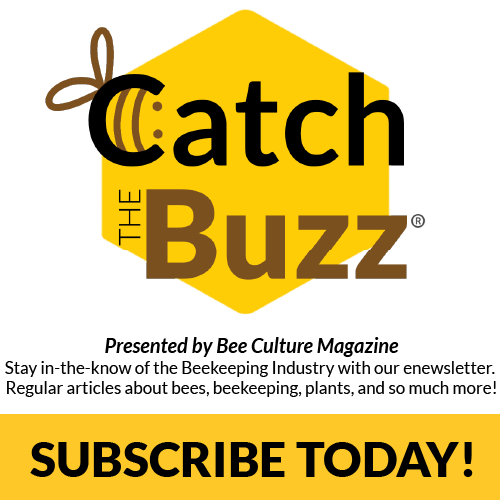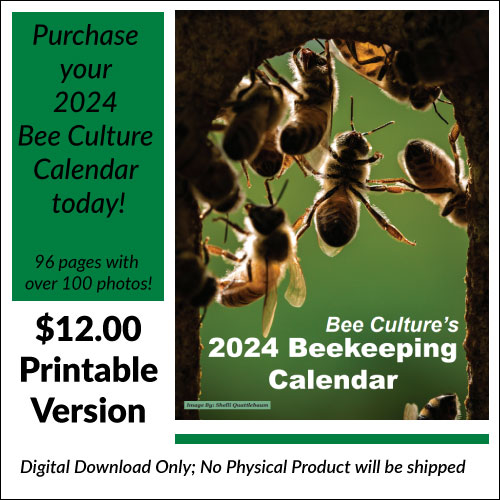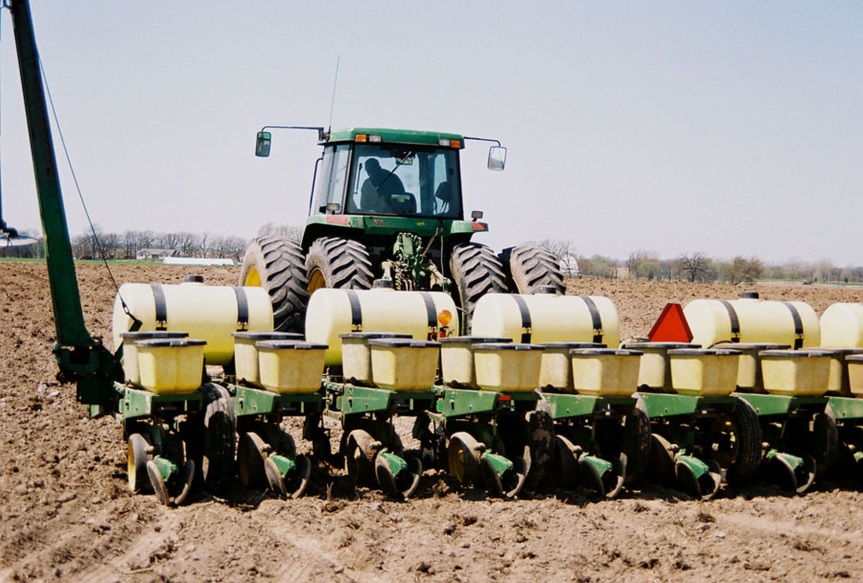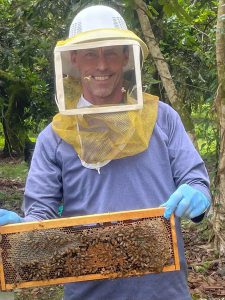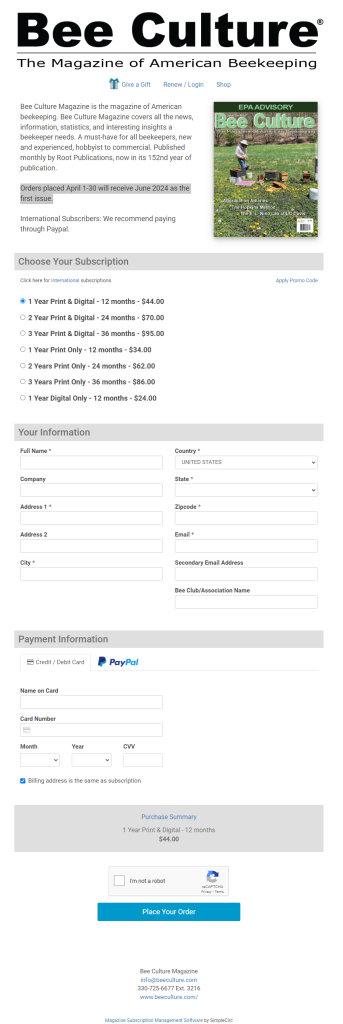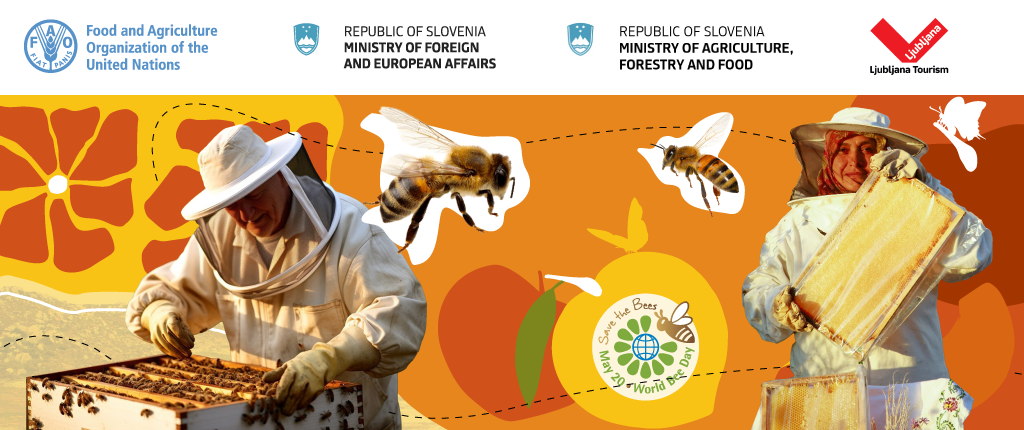(Photo: Indiana Grain LLC)
Nearly every foraging honey bee in the state of Indiana will encounter neonicotinoids during corn planting season, and the common seed treatments produced no improvement in crop yield, Purdue University says.
Its researchers placed collection stations at 12 Indiana fields where corn was being planted collected samples for two years at distances up to 100 meters. Analysis of the collected dust showed lethal doses of neonicotinoids were reaching the farthest traps.
Neonicotinoids, including clothianidin and thiamethoxam, are a class of insecticide commonly applied as a coating to corn and soybean seeds to protect them from early-season pests.
Since the coatings are sticky, a talc or graphite powder is added to vacuum systems in planters to keep the seeds from clumping. Powder exhausted from the planter contains neonicotinoids.
“Our previous study showed that these neonicotinoids are likely to leave the field, but we wanted to demystify that distance and show how far the material moves, at what concentrations and what the actual risk is,” says Christian Krupke, a professor of entomology.
“As planter exhaust is blown up and away from the equipment, it gets into the air stream and is at the mercy of whatever is going on with the wind,” Krupke said. “It’s not all that different from the pesticide drift that we’ve talked about for years, but these products were supposed to solve that problem. Now we know that they also drift.
“There was a misconception that any bees not living near corn were likely to be fine. But that’s not true, and it’s clear that these insecticides are reaching into the places bees forage and putting them at risk.”
The drift of neonicotinoids from fields showed the insecticides can settle on flowers up to 100 meters from the edge of the planted fields, the farthest distance examined in the study.
Mapping Indiana’s corn acreage, as well as the areas that may receive drift, the researchers say that 42% of the state is exposed to neonicotinoids during crop planting.
Using public data on the location of apiaries and projecting the range that honey bees forage, the researchers found that 94% of bees could fly through areas that contain lethal doses of the insecticides during the period when corn is planted.
The industry continues to work on alternative seed lubricants to reduce dust movement at planting, but to date progress has been limited. A Penn State study analyzing USDA pesticide use data, found the rate of neonicotinoid use in corn has doubled since 2012.
The researchers say the risk to bees and other non-target organisms could be more significant than their paper suggests. They only examined cornfields in their study, and soybeans are also typically treated with neonicotinoids.
The study transects were limited to 100 meters from field edges, but it’s possible that lethal doses reach further. And they did not account for the fact that bees create static charges on their bodies during flight, which means they may be attracting insecticide-tainted dust during flight and not just when landing on flowers.
The latest work follows up on research by Krupke in 2012 that showed planter exhausted insecticides collected on flowers bordering corn fields and were present in hives near those fields. Bees in those hives showed physical signs of insecticide poisoning, and dead bees tested positive for the neonicotinoids used as seed treatments of corn and soybeans.
The latest study indicates the use of neonicotinoids may not be necessary, with no evidence they increased corn yields.
The researchers tested untreated corn seed, and seeds coated with neonicotinoids and fungicides at both high and low doses, at three locations around Indiana. There were differences in pest damage at one site, but those did not translate into yield loss.
The authors conclude that the lack of benefit for corn yields in their study, as well as inconsistent findings in U.S. corn, soybean and oilseed rape in Europe, “suggest that the current use levels of insecticidal seed treatments in North American row crops are likely to far exceed the demonstrable need, and our results likely reflect a scarcity of target pests.”
Krupke says the results show farmers could benefit from access to seeds not treated with insecticide. He will focus research on determining the circumstances in which neonicotinoids are useful for improving yield, and he will encourage farmer access to neonicotinoid-free seed, which is almost non-existent in the current market.
“The good news is that because farmers often don’t need these additions to seeds or benefit from them, we can easily and rapidly reduce the risk simply by having untreated seeds available,” Krupke says. “That would also allow farmers to make some side-by-side comparisons in their own fields.”
—
CAPTION’
cornpix.jpg – Researchers: neonicotinoid corn seed hurts bees, doesn’t improve crop yields. (Photo: Indiana Grain LLC)

